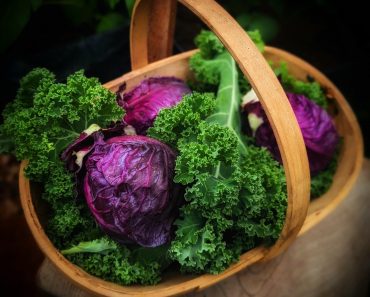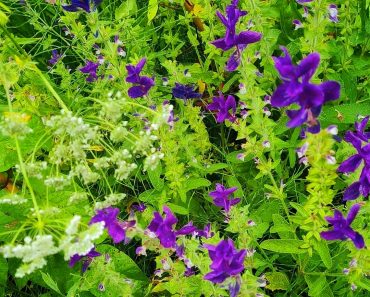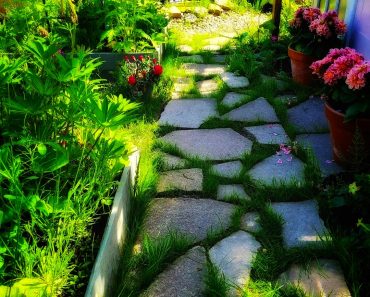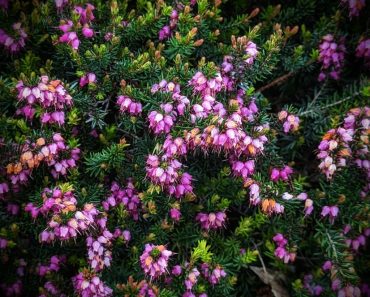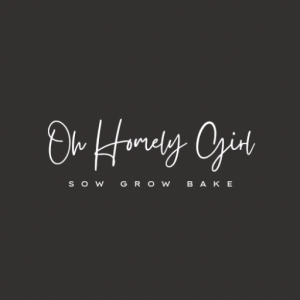Here in the UK Romaine Lettuce is a British favourite! though we commonly call it Cos lettuce. Romaine lettuce or Cos Lettuce is a delicious upright variety, easy to grow and very comfortable in our climate. Read on to see how I grow mine…

How It Got Its Name
Romaine Lettuce (Lactuca sativa L. var. longifolia) is a very old Variety of lettuce! It has been cultivated for over 5000 years. Native to the Mediterranean and the Middle East, the Name ‘Romaine’ dates back to the 14th century and is derived from the papal gardens in Rome where it was originally grown. Commonly called ‘Cos’ lettuce by us Brits, the ‘Cos’ name is from the Greek island that was the birthplace of Hippocrates…the Aegean Islands of Cos where the lettuce was also grown.
Romaine Lettuce History
Paintings in Egyptian tombs dating back to around 4500 BC reveal a type of lettuce with long pointed leaves, resembling the Romaine lettuce we know today. There is also evidence that the vegetable was served to ancient Persian kings and used like an edible spoon for dips and spreads like tabbouleh in Syria. It was also regarded as a medicinal plant by the ancient healers in Rome…They believed the milky substance produced from the outer leaves had restorative benefits and could reduce symptoms of illness and disease. Today our ambitions for the Romaine Lettuce are not so lofty! We just think it’s delicious in a Caesar Salad!
Romaine Lettuce Characteristics
What does Romaine Lettuce look like? Romaine lettuce has elongated, upright leaves with thick ribs. The leaves are crisp and green, the outer leaves being darker than the the inner ones. Each leaf cups and folds loosely around a central heart.
What Does Romaine Lettuce Taste Like?
Romaine lettuce has a fresh and juicy taste. It’s a very crisp variety, not as sweet as an Iceberg Lettuce, it has a slightly bitter taste.
Romaine Lettuce Nutritional Value
This delightful compact lettuce is absolutely packed with the good stuff! It’s low in calories, sugar, and carbs but high in vitamins and minerals. Here’s a run through of some of the benefits…
- Vitamin C -Helps to maintain a healthy immune system. Promotes strong teeth and bones
- Calcium – Helps with bone health, nerve function, muscle function and blood clotting
- Vitamin K – Works alongside calcium to prevent bone mineral loss
- Vitamin A– An antioxidant, vitamin A supports healthy cell growth and reproductive health.
- Magnesium -Helps enzymes function properly and relaxes the muscles in your body.
- Potassium -An electrolyte that helps the heart beat regularly. Supporting nerve function and aiding your muscles to contract normally. Potassium can also minimise the negative impact of too much sodium (salt) on the body.
Sounds Great! How do you grow it?
Here’s the best part…It’s incredibly easy to grow! Nothing beats homegrown lettuce! Believe me you will absolutely taste the difference between shop bought and straight from the Garden! The taste of thick, crisp leaves of the romaine- fresh from the dirt…incredible! (wash it first of course ;o))
How To Grow Romaine Lettuce
Affiliate links
Buy Romaine Lettuce Seeds
When To Sow Romaine Lettuce Seeds
Sow Indoors or underglass- March To May
- Sow In Trays or Modules around 1/2 cm deep in damp compost
- Cover with a Propagator lid or cling wrap and place on a sunny windowsill to germinate
- Prick out and pot on when the seedlings are large enough to handle
- Plant out in a sunny/part shade spot once all risk of frost has passed- *Be sure to Harden off indoor raised seedlings first
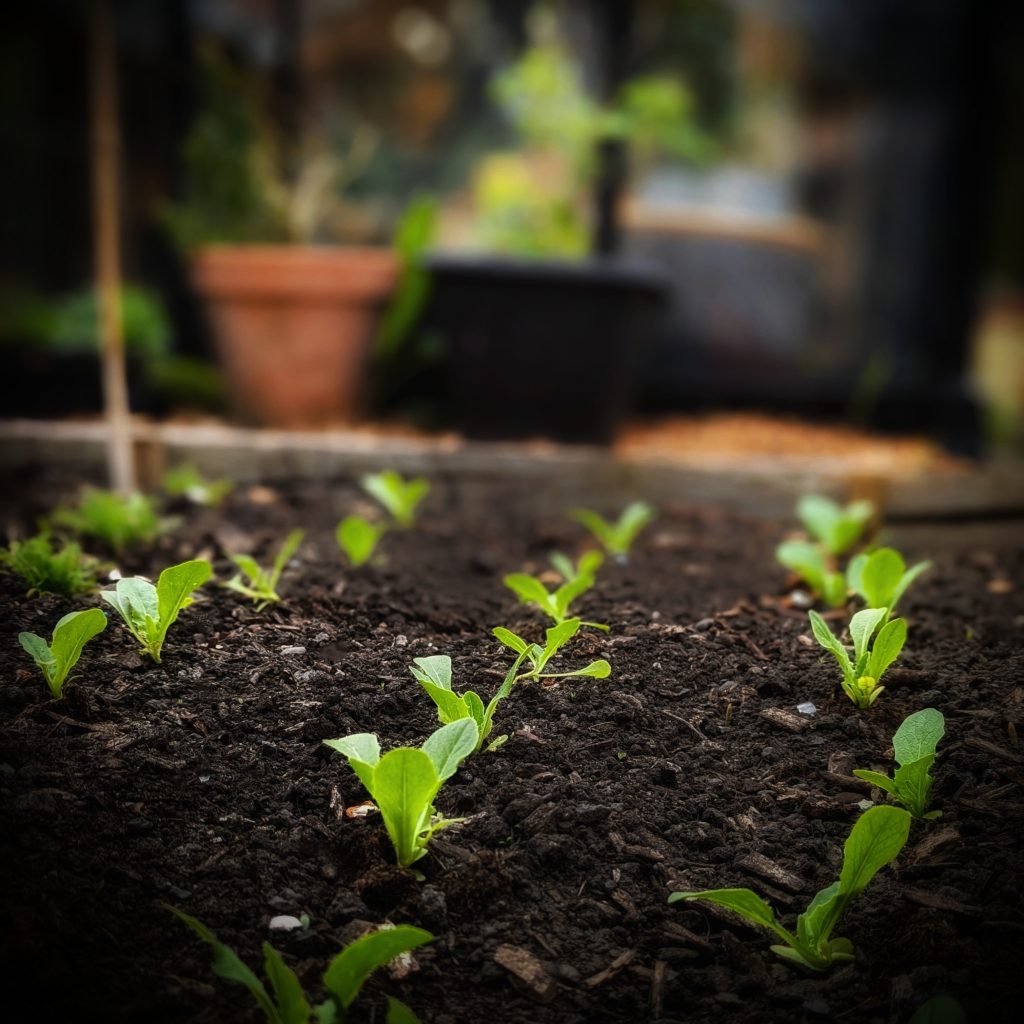
What Does Hardening Off Mean?
Plants raised indoors or in a greenhouse environment, need to be acclimatised to cooler temperatures and increased air movement for about two to three weeks before they are planted outdoors permanently. This is a ‘toughening up’ practice to prepare the plants for their new environment.
How to Harden Off
Place your plants out for a couple of hours in a shady part of the garden. The next day, leave them out again for two hours, but this time allow the plants an hour of direct sunshine in the morning. Gradually continue to increase the length of time the plants are in direct sunshine over the course of roughly two weeks.
Sow Outdoors– March To August
- Sow into well prepared, moist soil in a full sun or part shade spot.
- Sow seeds thinly at a depth of around 1cm in drills 30cm apart
- When the seedlings are large enough to handle, thin out to roughly 30cm apart.
- Now would be a good time to cover young lettuce plants with a protective netting or fleece to prevent attacks from birds and insects.
- Make regular sowings at 3 weekly intervals for a constant supply.

Romaine Lettuce sun and water Requirements
Romaine lettuce will grow well in a sunny position and partially shaded spot. Romaine lettuce thrives in cooler summers, it is not overly fond of midsummer, high temperatures. Water as required, more so during periods of drought
When To Harvest Romaine Lettuce
How long does it take for Romaine Lettuce to Grow? Harvest Romaine lettuce around 65–70 days after sowing. You can harvest the entire plant or ‘cut and come again’. If you want a second harvest from the same plant, simply pull off leaves as you need them or harvest the whole head by snipping through the base of the Romaine Lettuce-Make a cut of around 1 inch above the surface of the soil and the Romaine Lettuce will grow back…You can expect a second harvest 55–60 days later.
Romaine Lettuce Companion Plants
Good Companion Plants
- Asparagus
- Calendula
- Turnips
- Radish
- Parsnips
- Beetroot
- Chives
- Aubergine
- Strawberries
- Coriander
- Cucumber
- Tomatoes
- Marigolds
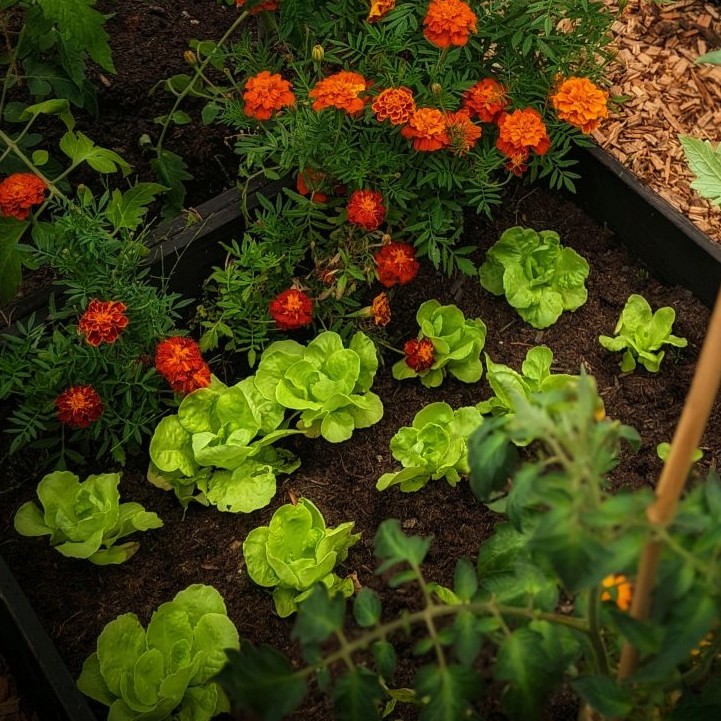
Bad Companion Plants
It is not advisable to plant Cabbages and other Brassicas near lettuce as they compete for the same nutrients in the soil, which in turn will lead to a smaller yield: These include, Cabbages, broccoli, cauliflower, Brussel Sprouts and kale.
Looking For Other Lettuce Varieties to Grow?
What about a sweet Buttery lettuce like Analena Lettuce or a rich red Nutty Oakleaf Lettuce ?
Want To Grow A Vegetable Garden?
Looking For more ‘Homely’ Inspo ?
Have a Nosey Around the Blog! See what i’ve been Baking, Growing and Drinking! Also, pop over and say Hi on Instagram
*Any specific health claim or nutritional claims or information provided on the Website are for informational purposes only. Nothing on the Website is offered or intended to be a substitute for professional medical, health, or nutritional advice, diagnosis, or treatment. This Website is not intended to diagnose, treat, cure or prevent any disease. You assume full responsibility for consulting a qualified health professional regarding health conditions or concerns.

